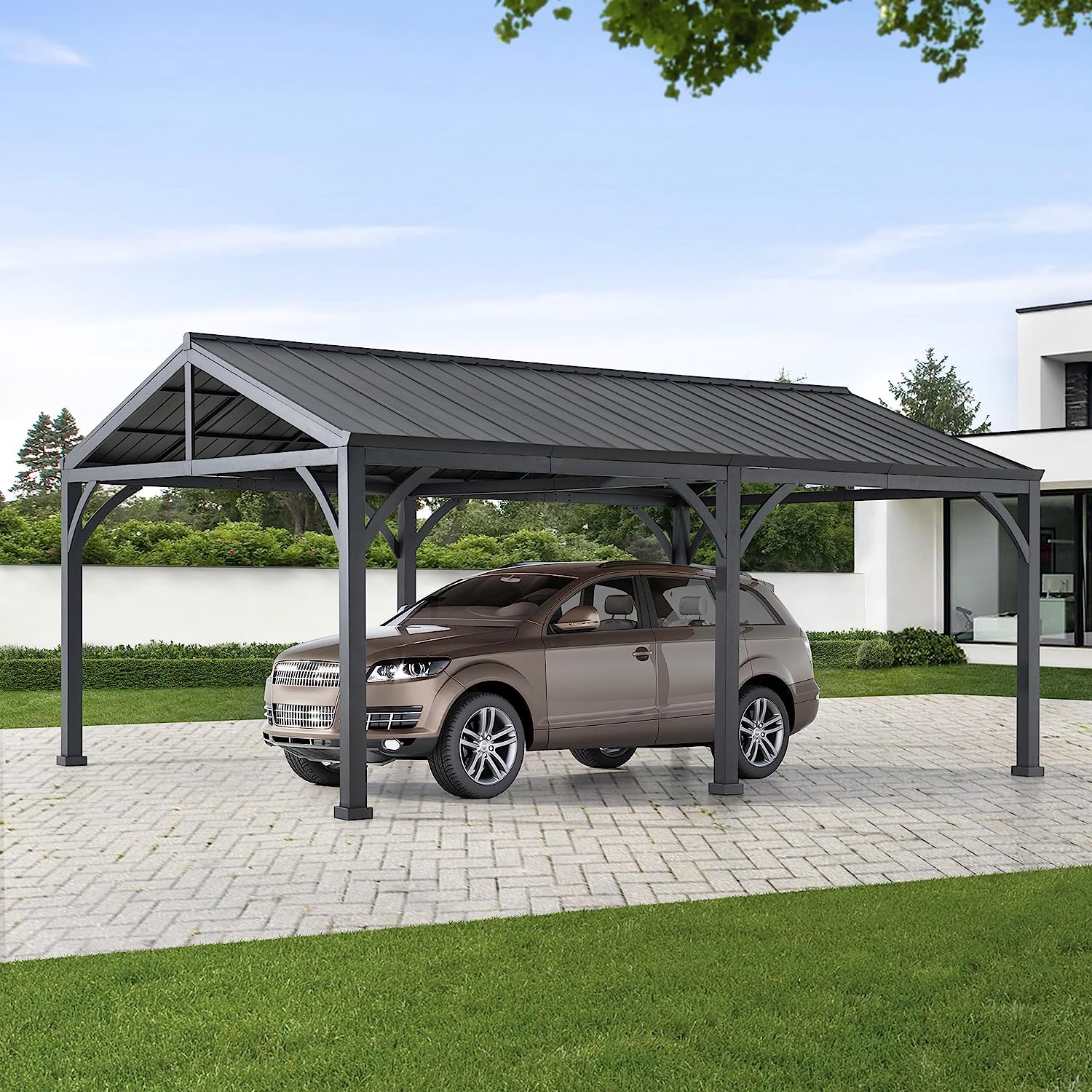

Articles
What Is A Carport
Modified: August 28, 2024
Learn about carports and their benefits in our informative articles. Discover different types, installation process, and maintenance tips.
(Many of the links in this article redirect to a specific reviewed product. Your purchase of these products through affiliate links helps to generate commission for Storables.com, at no extra cost. Learn more)
Introduction
When it comes to protecting our vehicles from the elements, a carport is a popular solution that offers shelter and security. Carports have been a staple in residential and commercial settings for decades, providing a cost-effective alternative to traditional garages. Whether you are looking to safeguard your car, RV, boat, or other valuable possessions, a carport can offer the protection you need.
In this article, we will delve into the world of carports, exploring their definition, different types, benefits, cost considerations, installation process, and maintenance tips. By the end, you will have a comprehensive understanding of how a carport can enhance the functionality and longevity of your vehicles.
Key Takeaways:
- Carports offer versatile protection for vehicles and property, enhancing convenience, cost-effectiveness, and property value while providing multi-purpose use and adaptable space for various activities.
- Understanding cost considerations, installation processes, and maintenance tips is crucial for making informed decisions when selecting, installing, and caring for a carport to ensure its longevity and effectiveness.
Read more: What Is Carport Parking
Definition of a Carport
A carport is a covered structure specifically designed to provide shelter for vehicles. Unlike a traditional garage, a carport typically consists of a roof supported by beams or posts, without four enclosing walls. This open design allows for easy access and ventilation, making it a versatile option for parking cars, trucks, motorcycles, RVs, boats, and other vehicles.
Carports can be freestanding structures or attached to existing buildings, such as houses or commercial properties. They can be made from a variety of materials, including metal, wood, or a combination of both. The roof of a carport is usually angled to allow rain, snow, and other debris to easily slide off, keeping the vehicles underneath dry and protected.
One of the primary purposes of a carport is to shield vehicles from the damaging effects of the sun, rain, snow, hail, and other harsh weather conditions. The roof provides shade, protecting the vehicle’s paintwork from fading and preventing potential damage caused by prolonged exposure to UV rays. Additionally, a carport can help prevent rusting, corrosion, and dents caused by hail or falling branches.
Moreover, carports offer protection against other environmental factors, such as bird droppings, tree sap, and debris. They provide a secure space for vehicles, reducing the risk of theft, vandalism, and accidental damage.
Aside from protecting vehicles, carports can also serve as versatile spaces for various activities. They can be used as covered outdoor areas for gatherings, parties, or as makeshift workshops or storage spaces. Carports offer flexibility and can be adapted to suit different needs and lifestyles.
Types of Carports
Carports come in various types, each catering to different needs, preferences, and budget constraints. Here are some of the common types of carports:
- Attached Carports: These carports are connected to an existing structure, such as a house or a building. They provide direct access to the protected vehicle from the comfort of the connected structure. Attached carports are a popular choice for homeowners who want to have easy access to their vehicles and prefer a seamless transition between the carport and the house.
- Freestanding Carports: As the name suggests, these carports are standalone structures that are not attached to any existing buildings. Freestanding carports offer more flexibility in terms of placement and can be positioned anywhere on the property. They can be ideal for homeowners who have ample space and want to protect their vehicles without compromising the aesthetics of their existing structures.
- Flat Roof Carports: Flat roof carports feature a simple, horizontal roof design, offering a sleek and modern look. They are often made from durable materials like metal or fiberglass and provide excellent protection against the elements. Flat roof carports are popular for their minimalistic design and easy installation process.
- Gable Roof Carports: Gable roof carports have a traditional roof shape with two slopes meeting at a center ridge, resembling the shape of a house’s gable. These carports not only provide protection but also enhance the aesthetic appeal of the property. They are a popular choice among homeowners who want to complement the architectural style of their homes.
- RV Carports: RV carports are specifically designed to accommodate recreational vehicles, such as motorhomes or travel trailers. They are typically taller and wider than regular carports to accommodate the size of RVs. RV carports often feature additional features like side panels, enclosed storage areas, and access doors to cater to the unique needs of RV owners.
These are just a few examples of the types of carports available in the market. Depending on your specific requirements, budget, and aesthetic preferences, you can choose the type of carport that best suits your needs and enhances the functionality and appearance of your property.
Benefits of Having a Carport
Investing in a carport can bring a range of benefits to homeowners and businesses alike. Here are some of the key advantages of having a carport:
- Vehicle Protection: One of the primary benefits of having a carport is the protection it offers to vehicles. By providing a shaded and covered space, carports shield vehicles from the damaging effects of the sun, rain, snow, hail, and other harsh weather conditions. This helps to prevent paint fading, rusting, corrosion, and other forms of damage caused by exposure to the elements.
- Convenience and Accessibility: Carports provide convenient and easy access to vehicles, as there are no doors or walls to navigate. This makes it quicker and more convenient to load and unload vehicles, especially when compared to parking in an open area without any form of cover.
- Added Living Space: Carports can serve as additional living spaces that extend the usable area of a property. They can be transformed into outdoor entertainment areas or used as covered play areas for children. Carports offer a versatile space that can be customized and utilized according to the needs and preferences of the homeowner.
- Cost-Effectiveness: Carports are generally more affordable to build and maintain compared to traditional garages. They require less construction materials and typically have a faster installation process, which helps to keep costs down. In addition, carports can also help to lower energy costs, as they provide shade and reduce the heat absorbed by vehicles, thus reducing the need for air conditioning.
- Property Value: A well-designed and properly maintained carport can add value to a property. Potential homebuyers often appreciate the added protection and convenience provided by a carport, making a property more attractive in the market. Installing a carport can be a smart investment in improving the overall value and saleability of a property.
- Multi-Purpose Use: Carports can be used for more than just parking vehicles. They can serve as outdoor storage areas, workshops, or covered areas for events and gatherings. The flexibility of carports allows homeowners to adapt the space for various purposes, making them highly versatile and functional additions to a property.
These are just a few of the benefits that come with having a carport. Whether it’s protecting your vehicles, adding value to your property, or providing convenient and adaptable covered space, a carport is a worthwhile investment to enhance the functionality and longevity of your vehicles.
A carport is a covered structure used to offer limited protection to vehicles, primarily cars, from the elements. It typically has open sides and is not fully enclosed like a garage.
Cost Considerations
When it comes to installing a carport, there are several cost considerations to keep in mind. The total cost of a carport can vary depending on factors such as size, materials used, design complexity, and the region where you live. Here are some key cost considerations to keep in mind:
- Size and Dimensions: The size of the carport plays a significant role in determining the overall cost. Larger carports require more materials and labor, resulting in higher costs. Consider the number and size of vehicles you plan to accommodate in the carport when determining the appropriate size.
- Materials: Carports can be constructed using various materials, including metal, wood, or a combination of both. Each material has its own advantages and cost implications. Metal carports tend to be more affordable, durable, and low-maintenance, while wooden carports can provide a more aesthetically pleasing look but may require more maintenance over time.
- Design Complexity: The complexity of the carport design can impact the overall cost. Intricate designs or customizations may require more time and labor, increasing the cost of installation. Simpler, standard designs are generally more cost-effective.
- Permits and Regulations: Depending on your local regulations, you may need to obtain permits for carport installation. Permit costs can vary depending on your location, so it’s important to factor this into your budget.
- Professional Installation: Hiring a professional to install the carport can ensure proper construction and save you time and effort. However, professional installation comes with additional costs. If you have the necessary skills and knowledge, you may consider a DIY installation to save on labor expenses.
- Additional Features: Consider any additional features you may want to add to your carport. This can include features such as lighting, storage areas, or integrated gutters for rainwater management. Keep in mind that each additional feature will incur extra costs.
It’s essential to establish a budget and research prices from multiple suppliers or contractors before committing to a carport. Consider obtaining quotes and comparing them to ensure you get the best value for your investment. Remember to also factor in long-term maintenance costs to keep your carport in good condition.
While cost is an important consideration, it’s equally important to prioritize quality and durability. Investing in a well-built and sturdy carport can save you money in the long run, as it will require less maintenance and potentially last longer.
By carefully considering these cost factors and making informed decisions, you can select a carport that fits within your budget while providing the protection and functionality you need.
Installation Process
The installation process for a carport can vary depending on the type, design, and materials chosen. While it’s recommended to hire a professional for the installation, some carport kits are designed for DIY assembly, making the process more accessible for those with the necessary skills and tools. Here is a general overview of the installation process:
- Choose the Location: Start by selecting the ideal location for your carport. Consider factors such as accessibility, space availability, and any local regulations or restrictions that may apply.
- Prepare the Site: Clear the area and ensure the ground is level and free of debris. If necessary, make any necessary preparations, such as pouring a concrete pad or installing footings to support the carport.
- Assemble the Carport: Follow the manufacturer’s instructions to assemble the carport frame and components. This typically involves connecting beams, posts, and roof trusses according to the design specifications.
- Secure the Carport: Once the main structure is assembled, securely anchor it to the ground or foundation to ensure stability and wind resistance. This may involve using concrete anchors, ground stakes, or other recommended securing methods.
- Install the Roof: Attach the roof panels, ensuring they are properly aligned and secured in place. This step may involve sealing joints or using weatherproofing materials to ensure water-tightness.
- Finish and Customize: If desired, add any additional features or customizations, such as lighting, gutters, or side panels. Follow the manufacturer’s instructions to install these elements correctly.
It’s important to note that the specific steps may vary depending on the manufacturer’s instructions and the type of carport being installed. Some carports may require additional steps or specialized tools, so it’s crucial to read and follow the provided instructions carefully.
For DIY installations, consider having a helper assist you during the process, as some components may be heavy or require multiple hands for secure and precise assembly. It’s also recommended to allocate ample time for the installation and to work in suitable weather conditions to ensure a proper and safe installation.
If you prefer a hassle-free installation, hiring a professional carport installer is recommended. They have the expertise and experience to handle the installation quickly and efficiently, ensuring a proper and secure result.
Regardless of whether you choose to install the carport yourself or hire a professional, always prioritize safety during the installation process. Follow all safety precautions and guidelines provided by the manufacturer and use appropriate protective equipment.
Maintenance Tips
Maintaining your carport is essential to ensure its longevity and effectiveness in protecting your vehicles. By following these maintenance tips, you can keep your carport in optimal condition:
- Clean Regularly: Regular cleaning is crucial to remove dirt, debris, and leaves that may accumulate on the carport. Use a broom, hose, or pressure washer to clean the roof, beams, and posts. Avoid using harsh chemicals that can damage the carport’s surface.
- Inspect for Damage: Conduct regular inspections to check for any damage or signs of wear and tear. Look for loose bolts or screws, cracks, rust spots, or any other issues that may compromise the structural integrity of the carport. Promptly address any damages to prevent further deterioration.
- Repair and Replace: If you spot any damages during your inspections, take immediate action to repair or replace the affected components. Tighten loose bolts or screws, repair minor cracks with appropriate sealants, and replace any severely damaged or corroded parts. Consult the manufacturer’s guidelines for proper repair procedures.
- Remove Snow and Debris: If you live in an area that experiences heavy snowfall, it’s important to remove accumulated snow from the carport roof. Excessive snow can put extra weight and stress on the structure, potentially causing damage. Additionally, regularly clear off leaves, branches, or other debris that might accumulate on the carport.
- Check and Clean Gutters: If your carport has gutters, make sure they are free from debris and effectively channel water away from the structure. Clean the gutters regularly to prevent clogs and ensure proper water drainage, which helps to avoid leaks or water damage to the carport.
- Inspect Anchors and Supports: Periodically check the anchors and supports that secure the carport to the ground or foundation. Ensure that they are still in good condition and tightly secured. Loose or damaged anchors can compromise the stability of the carport, so any issues should be addressed immediately.
- Apply Protective Finishes: Depending on the material used for your carport, applying protective finishes can help extend its lifespan. For metal structures, consider applying a protective coating or paint to prevent rust and corrosion. For wooden carports, periodic staining or sealing can help protect against weather damage and decay.
- Follow Manufacturer’s Maintenance Guidelines: Always refer to the manufacturer’s specific maintenance guidelines for your carport. They may provide additional tips and recommendations tailored to the specific materials and design of your carport.
Regular maintenance and prompt repairs are essential to ensuring the longevity and performance of your carport. By following these guidelines and properly caring for your carport, you can enjoy its benefits for years to come.
Conclusion
A carport is more than just a shelter for your vehicles. It provides protection, convenience, and versatility, making it a valuable addition to any property. Whether you have a car, RV, boat, or other valuable possessions, a carport offers a cost-effective solution to safeguard them from the elements and enhance their longevity.
Throughout this article, we explored the definition of a carport, different types available, the benefits they offer, cost considerations, installation process, and maintenance tips. By understanding these aspects, you can make informed decisions when it comes to selecting and maintaining your carport.
Carports provide numerous advantages, including vehicle protection, convenience, added living space, cost-effectiveness, increased property value, and multi-purpose use. They come in various types, such as attached, freestanding, flat roof, gable roof, and RV carports, allowing you to find one that suits your specific needs and preferences.
When considering a carport, it’s crucial to factor in cost considerations, including size, materials, design complexity, permits, professional installation, and additional features. Setting a budget and obtaining multiple quotes can help you make an informed decision and get the best value for your investment.
The installation process of a carport can be DIY-friendly or carried out by professionals. Following the manufacturer’s instructions, ensuring proper anchoring, and considering safety precautions are vital to achieving a secure and long-lasting installation.
To prolong the lifespan of your carport, regular maintenance is key. This includes cleaning, inspecting for damage, repairing or replacing components as needed, removing snow and debris, checking and cleaning gutters, and following manufacturer’s guidelines. By taking care of your carport, you can ensure its effectiveness and extend its longevity.
In conclusion, a carport is an excellent investment that offers a range of benefits, from protecting vehicles to providing additional space and increasing property value. By selecting the right type, considering cost factors, properly installing, and maintaining your carport, you can enjoy its advantages for years to come.
Frequently Asked Questions about What Is A Carport
Was this page helpful?
At Storables.com, we guarantee accurate and reliable information. Our content, validated by Expert Board Contributors, is crafted following stringent Editorial Policies. We're committed to providing you with well-researched, expert-backed insights for all your informational needs.
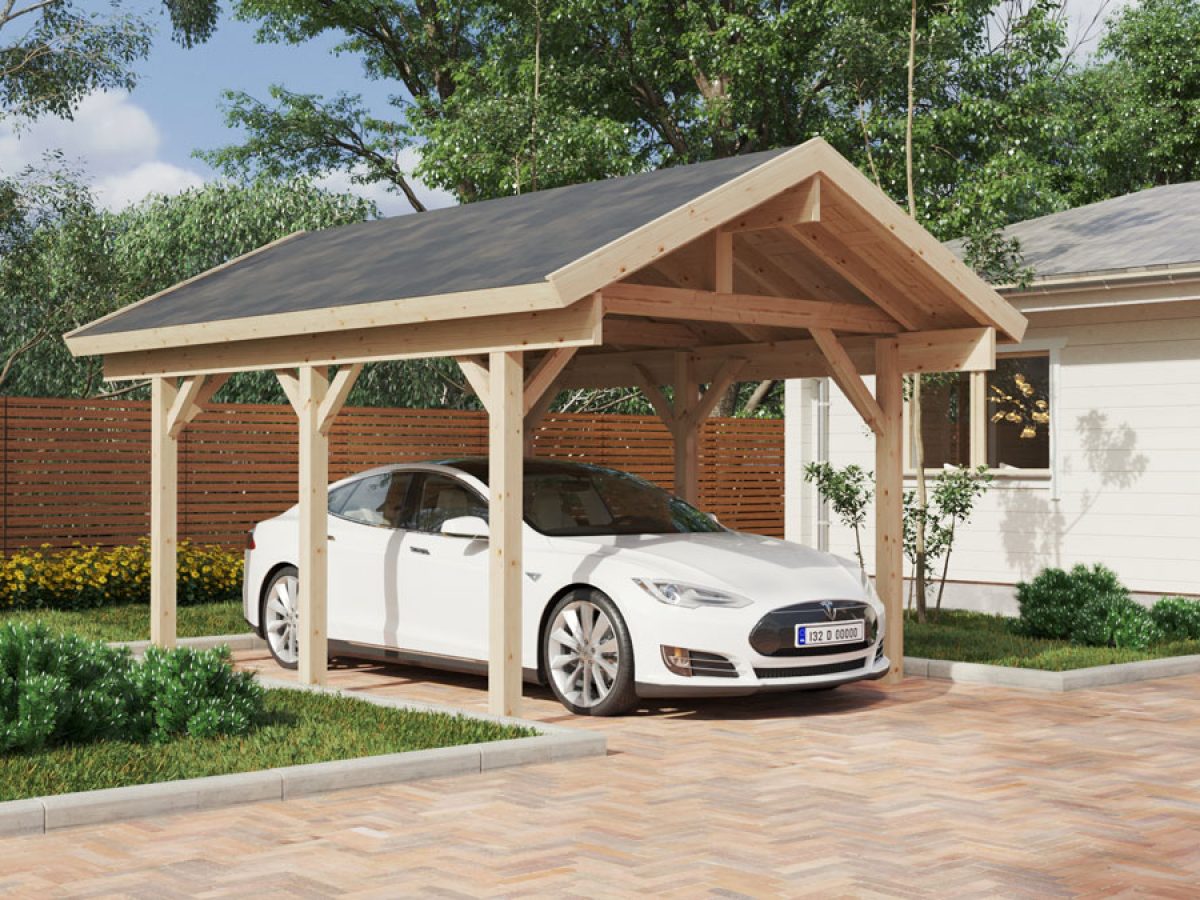
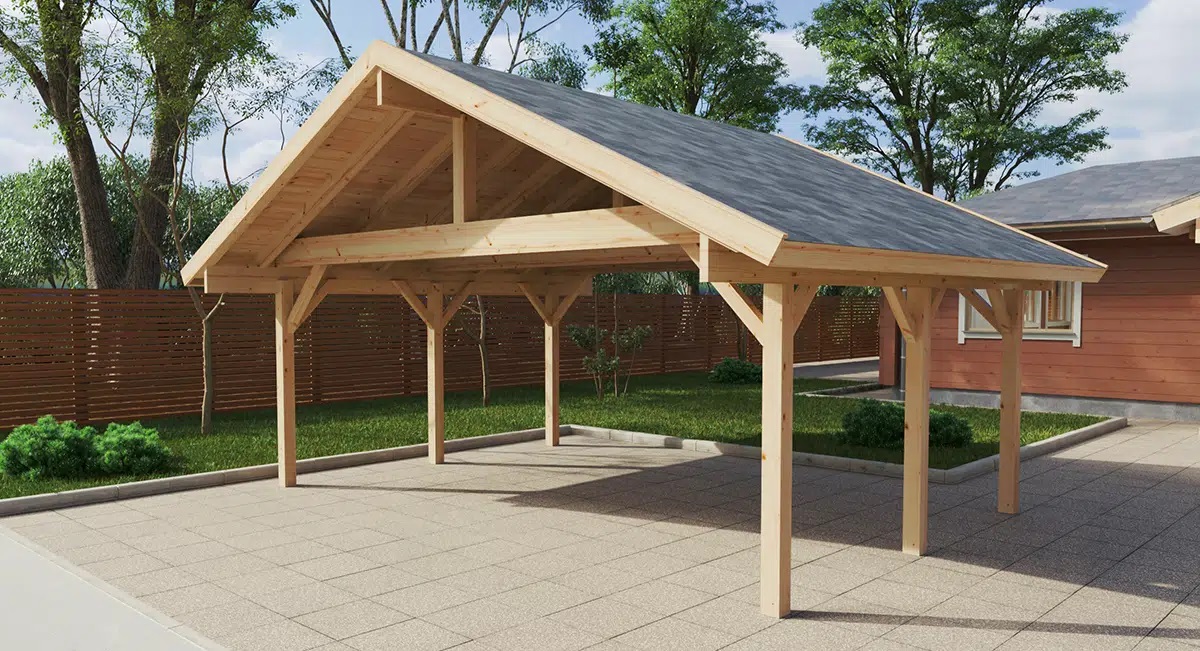
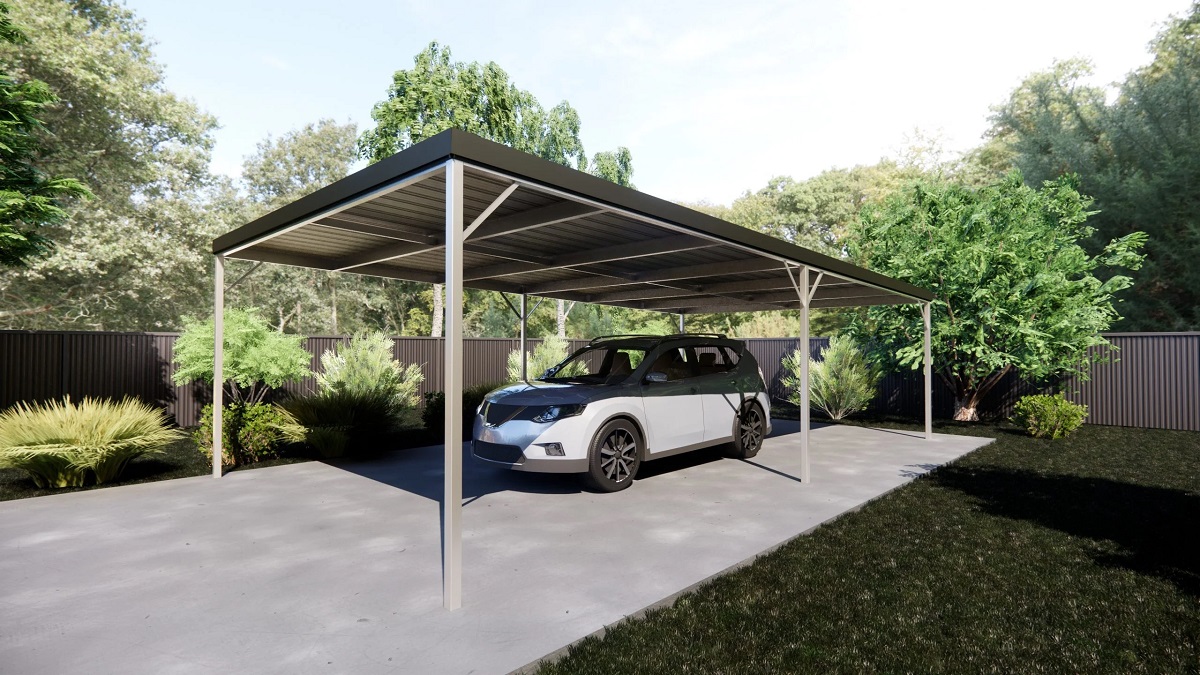
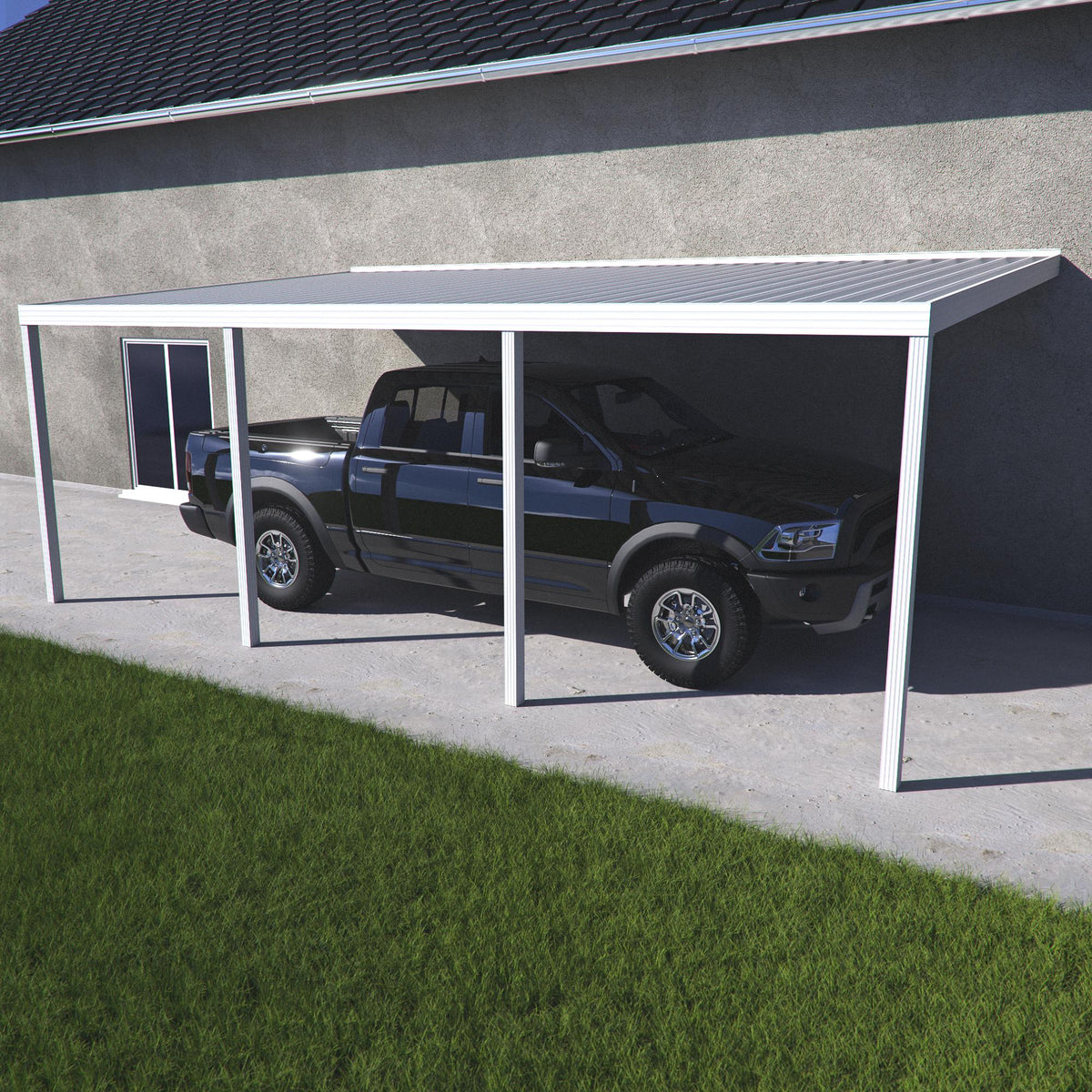
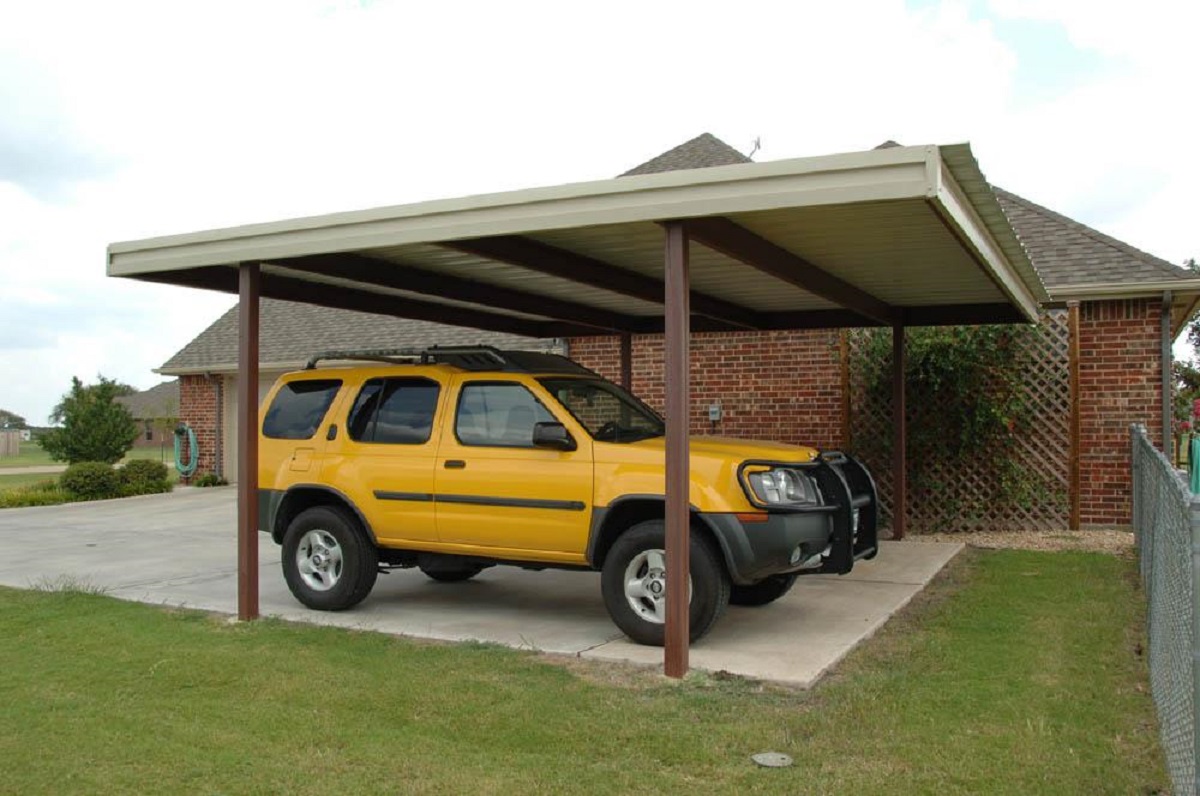
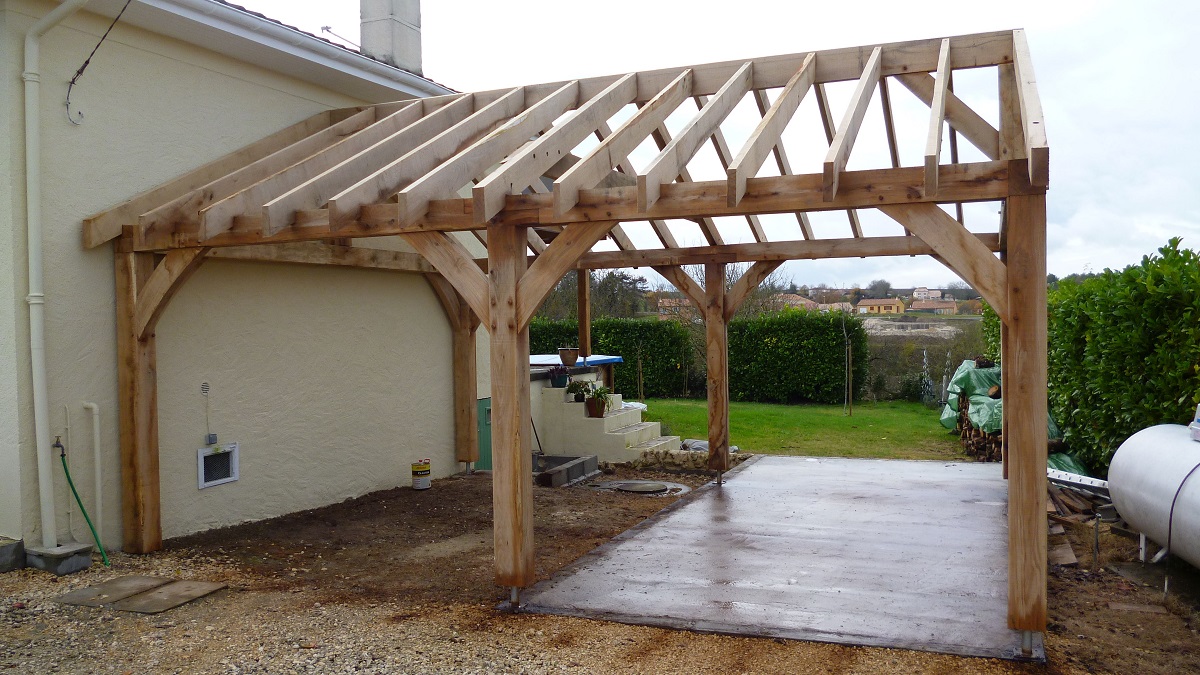
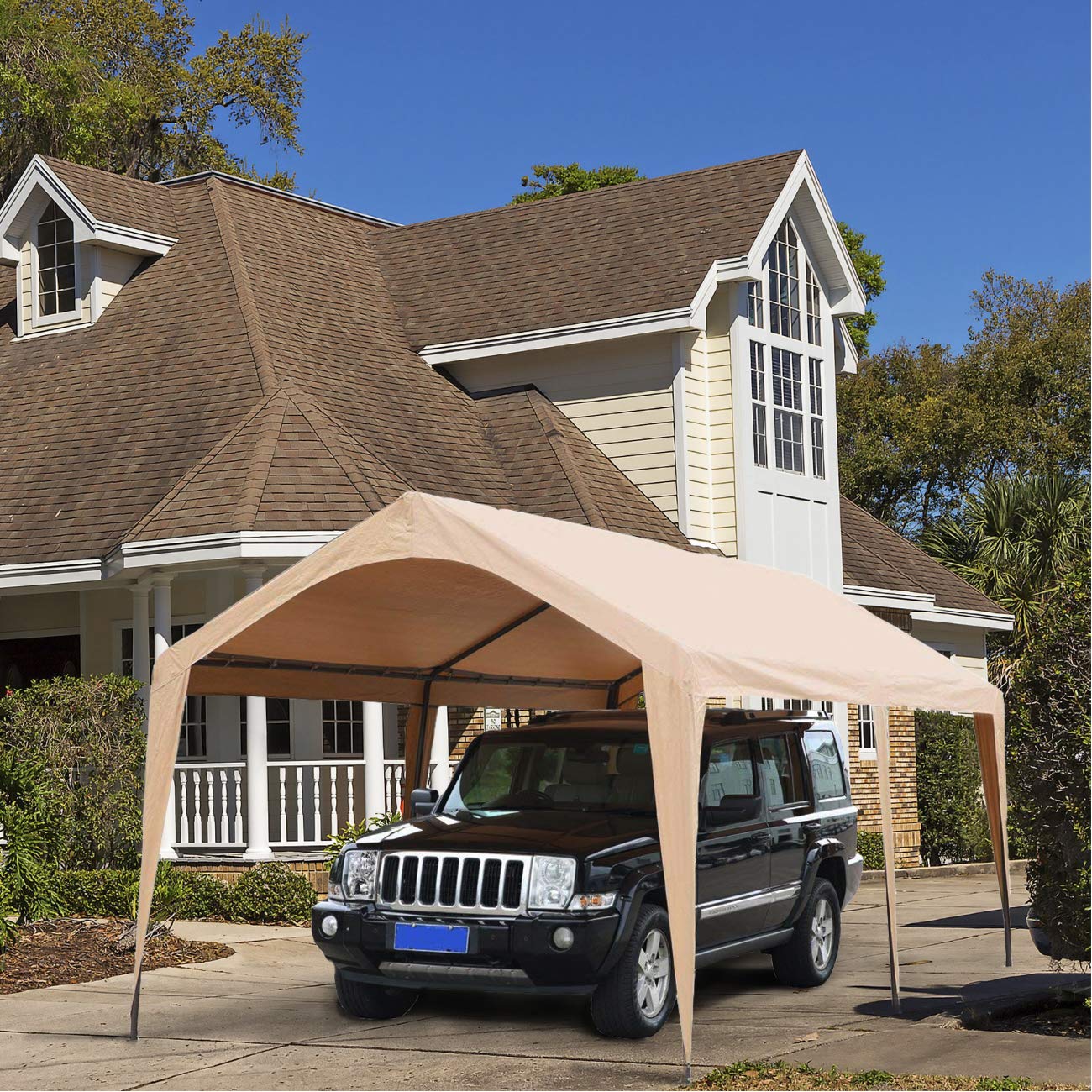
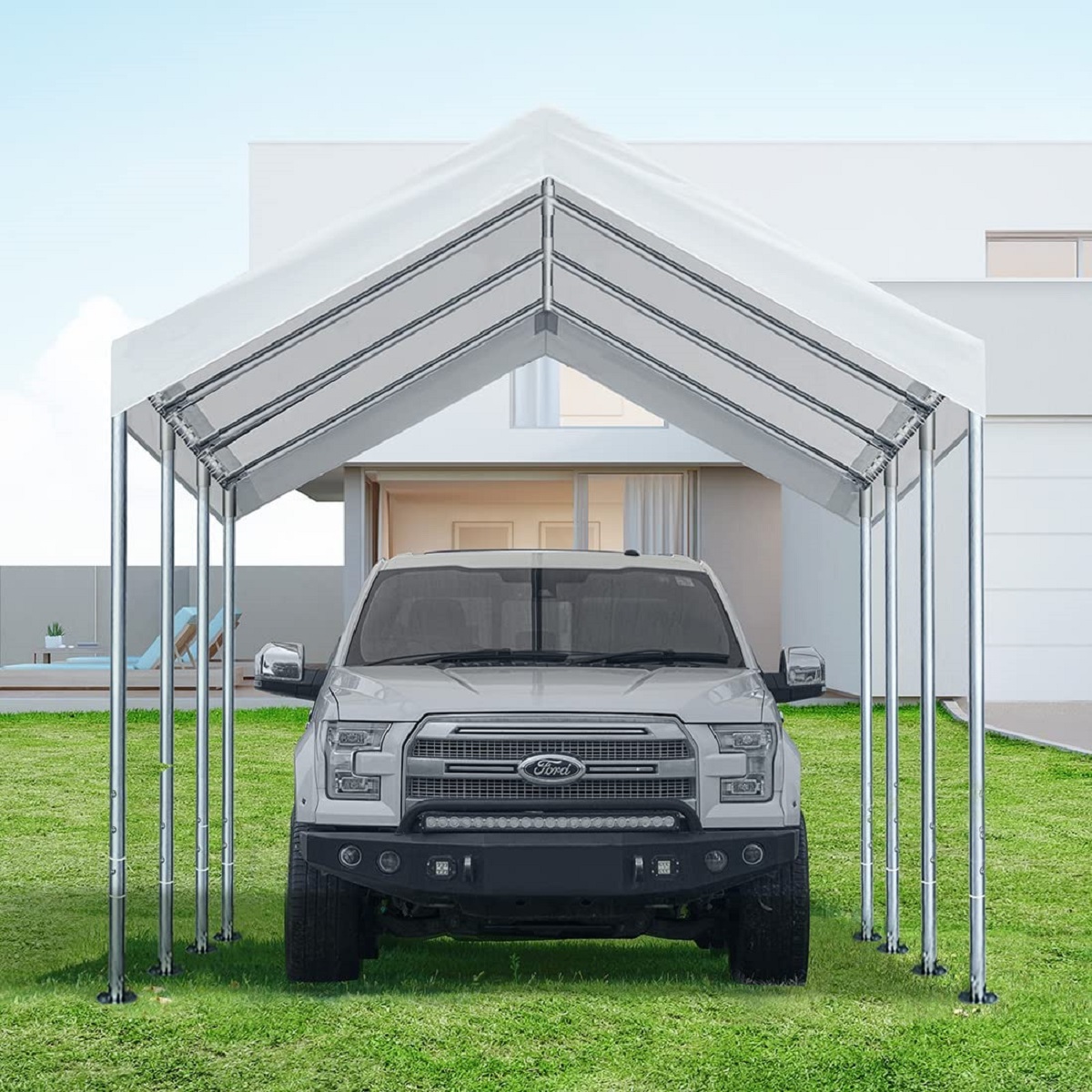
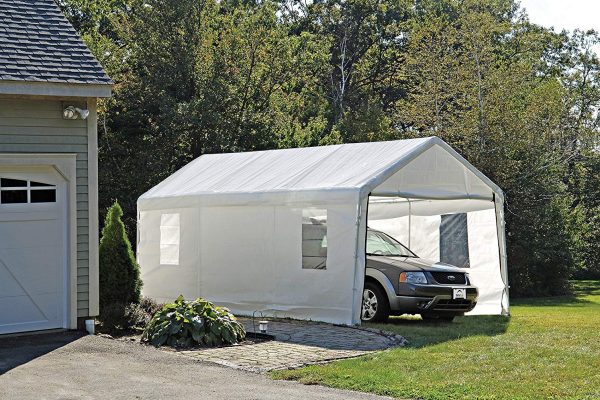
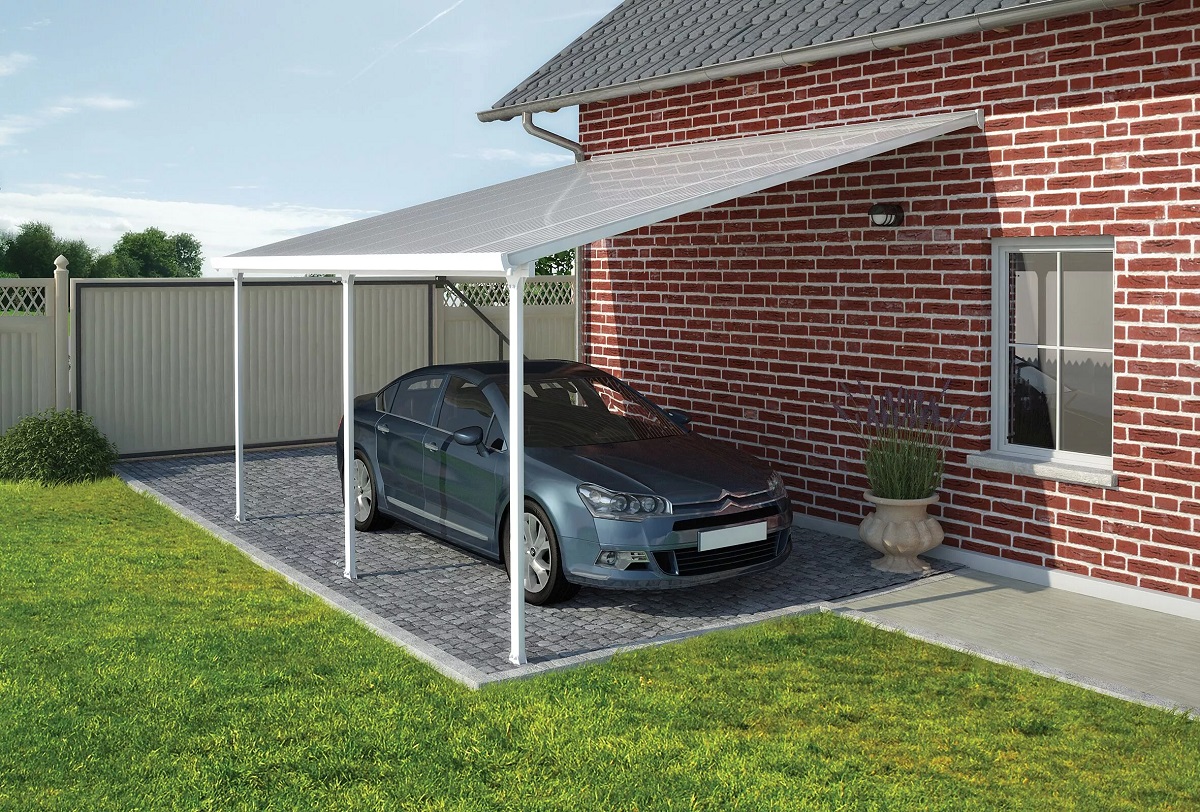
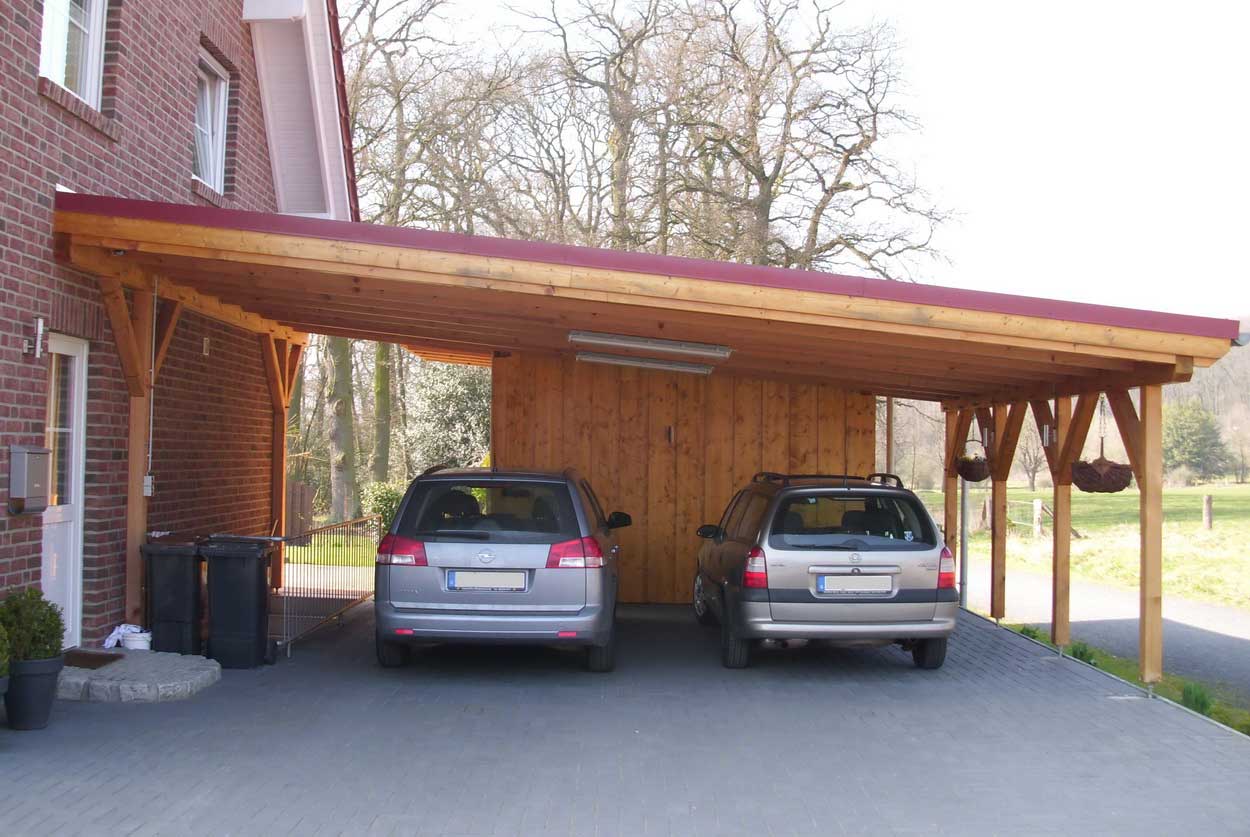
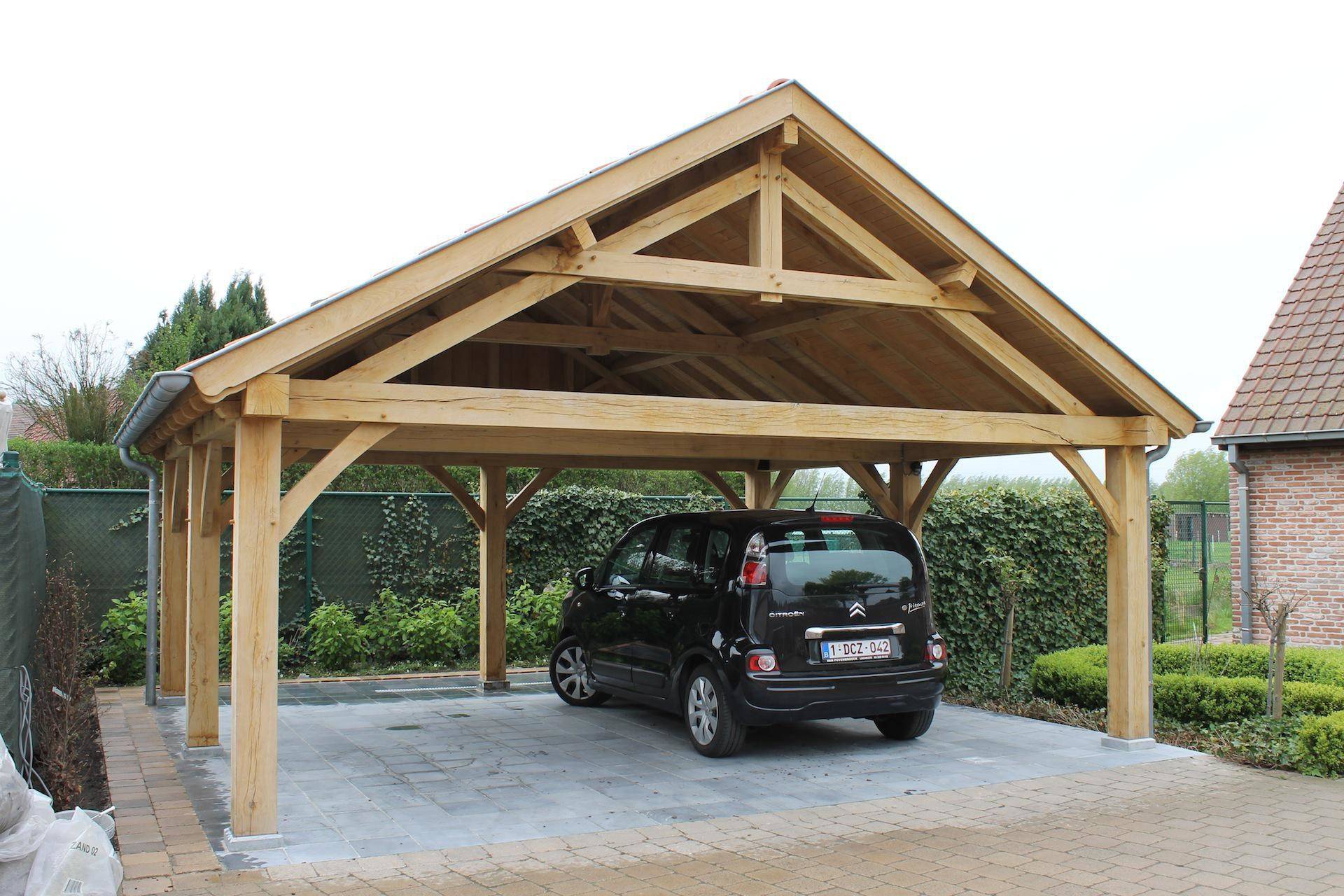
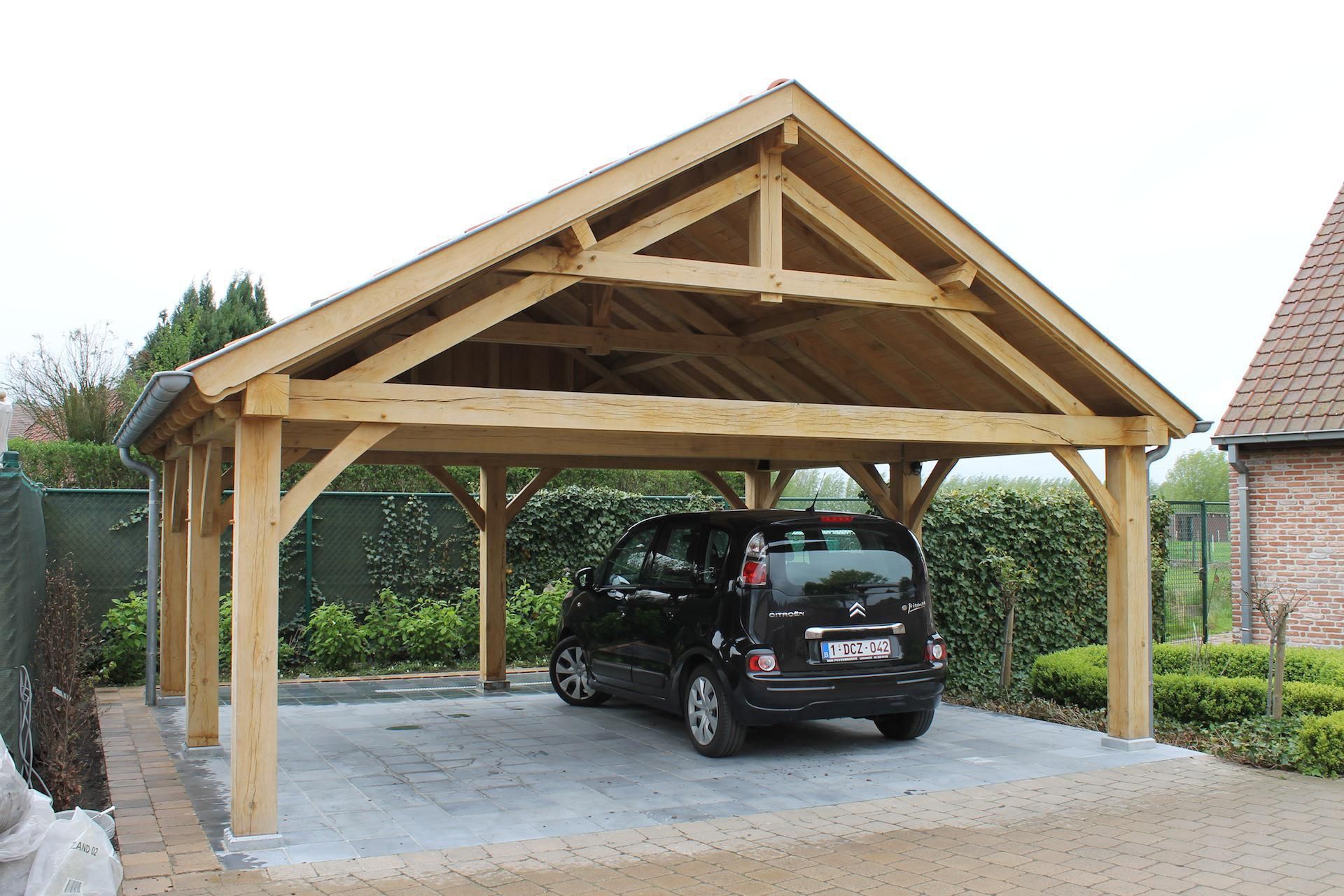
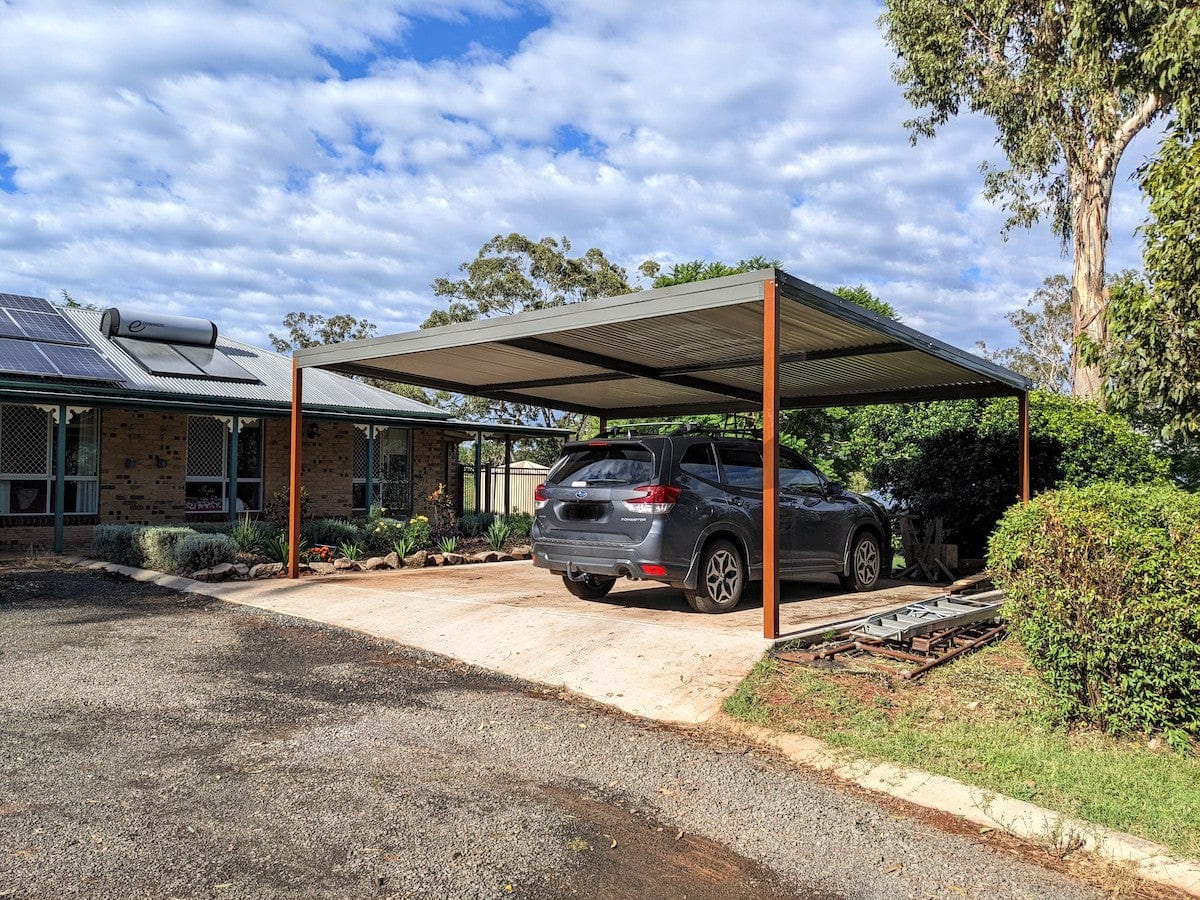

0 thoughts on “What Is A Carport”